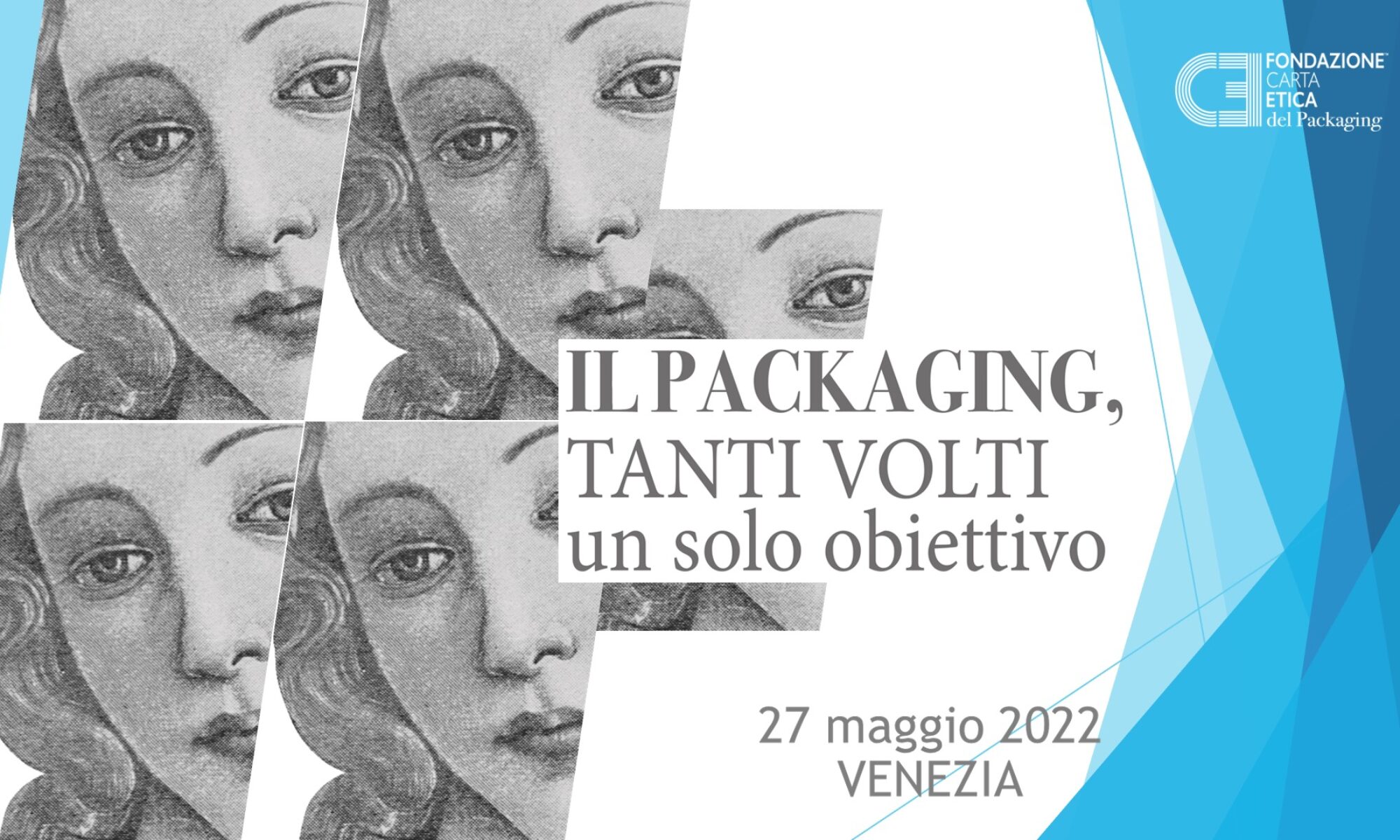Makeup almost never lie, though they always deceive
The word ” makeup” conceals an inauspicious and misleading significance. It conjures up a superficial process, an outward transformation, leading us to believe that there is another truth, a reality, hidden underneath what is applied like a mask to veil the imperfections of reality and to enhance the appearance of the wearer by falsifying it. Due to this masquerade, which I hold to be a sort of universal legacy, our attitude toward makeup has remained deeply ambivalent. On the one hand, we are left pleasantly surprised and charmed, while at the same time, we view it as a camouflage that hides the true Self of the wearer from the eyes of onlookers, a sign of weakness conveyed through an inappropriate show of strength.
In reality, things aren’t quite so simple. It doesn’t take much to figure out that this true Self under the mask of makeup is itself a charade and a disguise (a little bit like the “natural and genuine” fruits and vegetables grown with biological farming methods, as opposed to the “imitation and artificial” fruits and vegetables grown using pesticide ” makeup ” and chemical preservatives. Of course, in truth, we recognise that so-called “biological farming methods” are equally based on a series of techniques and procedures that yield a product suitable for large scale distribution; use of the term “genuine” here is questionable, even more so after a spate of scandals shed light on the spuriousness of some producers brandishing the biological label). Who or what exactly is this true Self of the wearer? Freud holds that we can reach a definition of ourselves (in response to the query, “who am I?”) only after a series of successive identifications. This means that in order to know who we are, we have to look back on a photo gallery of all the people we have ever met, loved, loathed, desired, or envied from our early childhood to the present. Clearly, such a gallery would also include fantasy personages: Hollywood actors, pop stars, television heartthrobs, and others we have identified with over the years. So, we are simply a summation of a series of images deep inside ourselves. We are a very personal and original end product, in the same way that we are a fusion of different spiritual beings. It is simply preposterous to ask who or which is the real one.
If this is really how it stands, then what purpose do makeup serve? What end do we achieve by making ourselves up? The answer is simple: for a certain period of time, we decide to bring to life one of the many “spiritual selves” that comprise our identity; we animate it to have it perform a specific function, which may be to elicit admiration and desire (which is true in our western societies) or denote an aggressive or a threatening intention, as was the practice in traditional societies.
As soon as the seductive purpose or the threatening objective loses importance, the personality drawn out can return to its place among the others, without it remaining dominant over the personas.
So, then, makeup almost never lies, although it always deceives.
It doesn’t lie because it always reflects a true aspect of the wearer; it always deceives because it incarnates a single aspect, allowing it to prevail over all the others and giving the false impression that this is the only one.
The warrior is not only a warrior: he is also a farmer, father or other figure; a woman is not only a femme fatale; she may also be a mother, housewife, or companion.
Nevertheless, it is still not sufficient to explain what it really means to apply makeup and, in particular, if this process is still possible today. If it’s true that makeup is not a simple falsification to disguise the truth, but always and only represent one of the personalities of the person using them, then we must remember that in order for this process to have any sense, it must be socially defined. makeup is an unparalleled way to represent the symbolic order of belonging: there is nothing less easily exported and nothing more characterising.
And in fact, unlike works of art, maquillage cannot feed simply off the creative energy of the wearer; it must draw its source of principal inspiration from a series of well-defined experiences. We apply makeup by following a definite model and the success of the action is measured on the basis of the social efficiency that it achieves. Applying makeup is a symbolic and real practice. All this is much more understandable when we reflect on how easy it is for anybody to notice the showiness of excessive makeup, as if each one of us possessed a specific and absolutely iron-clad set of aesthetic rules.
In the case of makeup, like no other product, does the old adage “beauty is in the eye of the beholder” become “beauty is what meets precise social needs.” Its seductive power depends on the culture where it is used. The makeup used by women in the more primitive societies charm the members of their groups, and yet are viewed as grotesque in ours. The experience is rarely exported with success. The femme fatale and the warrior are models produced by a cultural system that guides the wearer in applying makeup. But what happens when these models cease to exist? When the social system no longer provides points of reference that are not obverse (which don’t represent anything but the gaze of the wearer)? The result is that makeup becomes impossible to use because there is no set reference system; we are left without expressive means, we don’t know what feelings to stir up nor who to refer to.
Another result is that we switch from makeup to non-makeup, from communicating seduction to the seduction of non-communication. The distinction of the gender is lost and the face of the wearer is not left empty or without paint and powder, but allows itself to be covered by mysterious signs whose mystery lies in the fact that theirs is a language without classification, a series of senseless images, like Pollock’s famous dripping paintings: the art work is still there, but it is a non-painting, where only the gesture remains – as if incomprehensible ideograms were written for the pure delight of leaving a sign on the paper.
Antonio Piotti, psychologist, has published (with M. Senaldi) Lo Spirito e gli Ultracorpi, Franco Angeli 1999 and Maccarone m’hai Provocato, Bulzoni, 2002.


